Student-run UC Davis radio station wants to keep its underground charm as it moves above ground
Published in Entertainment News
SACRAMENTO, Calif. — In the concrete-lined tunnels beneath UC Davis’s Memorial Union and Freeborn Hall, KDVS, a student-run radio station, has been broadcasting a variety of programming and showcasing local musicians for more than five decades.
The labyrinthine studio is made up of multiple areas that hold an office, a lounge, a lobby, a main broadcasting room, multiple “listening rooms” for DJs to vet music and a live studio with a recording booth. The studio has also dedicated multiple rooms to its floor-to-ceiling shelves full of roughly 150,000 CDs, vinyl records, cassette tapes and more, according to the station’s general manager.
The walls contain more posters, stickers and graffiti than wall paint now, each flyer, inside joke and piece of art making up a physical record of the half-century of staff and volunteers who have worked out of the studio.
But for the last 10 years, the knowledge that they will need to leave the basement spot they have made their own has loomed over those who run KDVS. Fritzi Kornstaedt, the KDVS general manager, joined the station in 2022 and has been preparing for the move ever since.
“It just ... doesn’t feel like fully real yet, just because I know how long it’s been going on,” Kornstaedt said. “It (felt) very imminent at first, but, I don’t know, at some point it just kind of (started) to feel like a very far off thing.”
In 2014, UC Davis closed the above-ground portion of Freeborn Hall because it was considered seismically unsafe, but KDVS was allowed to stay in its underground hideout. Later, the university elected to demolish the hall, saying it was less expensive than retrofitting it with earthquake bolsters.
The university’s original solution for moving the radio station was to offer up a significantly smaller space on the first floor of the Memorial Union, which community members and KDVS alumni adamantly protested.
In 2021, more than 30 former KDVS general managers from the 1970s to the 2010s signed a letter, published on social media, opposing the university’s proposed new studio space, which would have likely compromised the station’s ability to retain its physical media collection in its entirety.
“The University’s current plan will permanently change KDVS to its detriment,” the letter read, in part. “We urge the University to abandon its disastrous plan.”
Recently, Kornstaedt said, UC Davis administration has been working with the station to set up a different, more appropriate space for the studio. The groups worked together to secure a unit in the above-ground TB-24 building, where the Bike Barn is housed. Kornstaedt is optimistic that the new home will provide KDVS with the space and technology necessary to continue thriving.
Though many general managers have faced the possibility of being in charge of the move, Kornstaedt said the progress made in meetings with the university indicates it is likely to finally happen during this upcoming academic year.
‘An amazing collection’
KDVS has been broadcasting since 1964, originally named KCD until 1968. It started out broadcasting from the laundry room of an on-campus dorm building but soon moved into its basement studio, according to the station’s website.
The station broadcasts “free form” programming, allowing its DJs to play whatever music they want — as long as it meets FCC guidelines — which has fostered a diverse portfolio of radio shows and playlists. Kornstaedt said this diversity is “the most special thing” about being part of the station.
Much of the music played comes from the station’s extensive physical collection that it has acquired over six decades, color-coded and organized by genre. According to Kornstaedt, the station has everything from rock to noise to African records, and it has even gotten a hold of demo pressings from artists like rapper MF Doom.
“It’s just an amazing collection,” Kornstaedt said.
A main priority for the station was preserving every note of physical music in their collection in the new studio, so the university is providing high-density shelving that will maximize storage space despite the new studio being significantly smaller, according to Kornstaedt. At the same time, volunteers and staff are working on digitally cataloging the collection to ensure that, regardless of what happens in the move, each record will be saved somewhere.
“It’s been like a really big project that I think they started two years ago, and we’re still working on it,” Kornstaedt said. “I think we’ve finished with the rock CDs, and that was like the biggest part of the library ... I don’t think we’ve touched any of the (vinyl) records yet.”
Alongside KDVS’s massive music collection is the space’s equally extensive poster and sticker collection, covering every inch of the station. Kornstaedt said another priority for the move is bringing along the studio’s red doors, complete with decades of stickers and graffiti.
With a revolving door of students and community members running the station over the years, many have left a lasting mark.
Kornstaedt said that when Oscar winning documentarian and KDVS alum Joseph Patel toured the station after giving a speech at the university, he still remembered which posters he put up and recognized an image of the band his ex-girlfriend played in.
“It’s been really cool to see all the posters, and I’m like, ‘Oh, someone must have put these up, you know, like 30, 40 years ago,’” Kornstaedt said. “To actually know someone still remembers putting them up, I think that’s really special.”
Supporting local music
As part of the move, the station will receive updated equipment, such as a new operating board to replace the studio’s current setup, which Kornstaedt said is from the 1990s.
For Guy Tortorici, a KDVS DJ known on-air as “Muse,” having an updated recording studio in the new space would be helpful for KDVS to continue its efforts in supporting local musicians.
“(Recording) is one service I believe that we here at KDVS can offer the community,” Tortorici said. “There are a lot of people who just can’t afford to record their music to put it out there, and we could do that here as a public service.”
Tortorici tries to focus on the Northern California music scene when he hosts his show, “The Earworm’s Garden,” weekly. Besides spinning local bands’ records, he also occasionally hosts in-studio live performances and interviews with the artists.
“I’m trying to support the scene and lift it up while also lifting up KDVS,” Tortorici said. “The more we become a public service for the community, the more the community will support us too.”
©2024 The Sacramento Bee. Visit sacbee.com. Distributed by Tribune Content Agency, LLC.
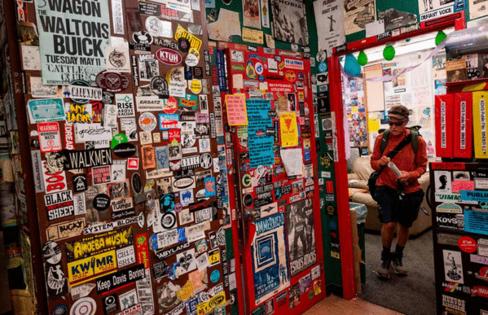
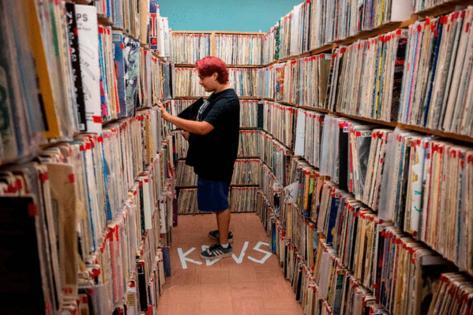
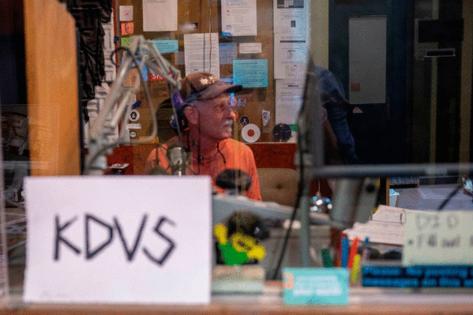




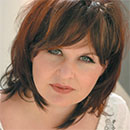
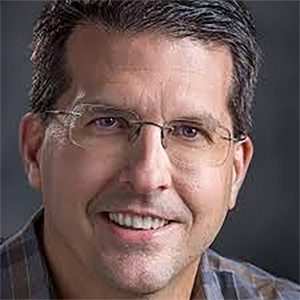
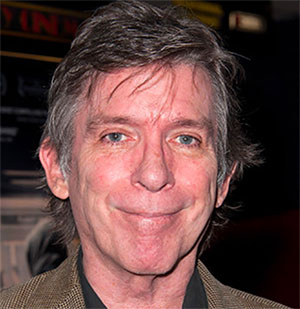

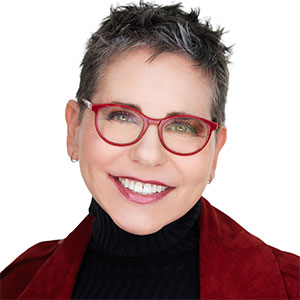






Comments